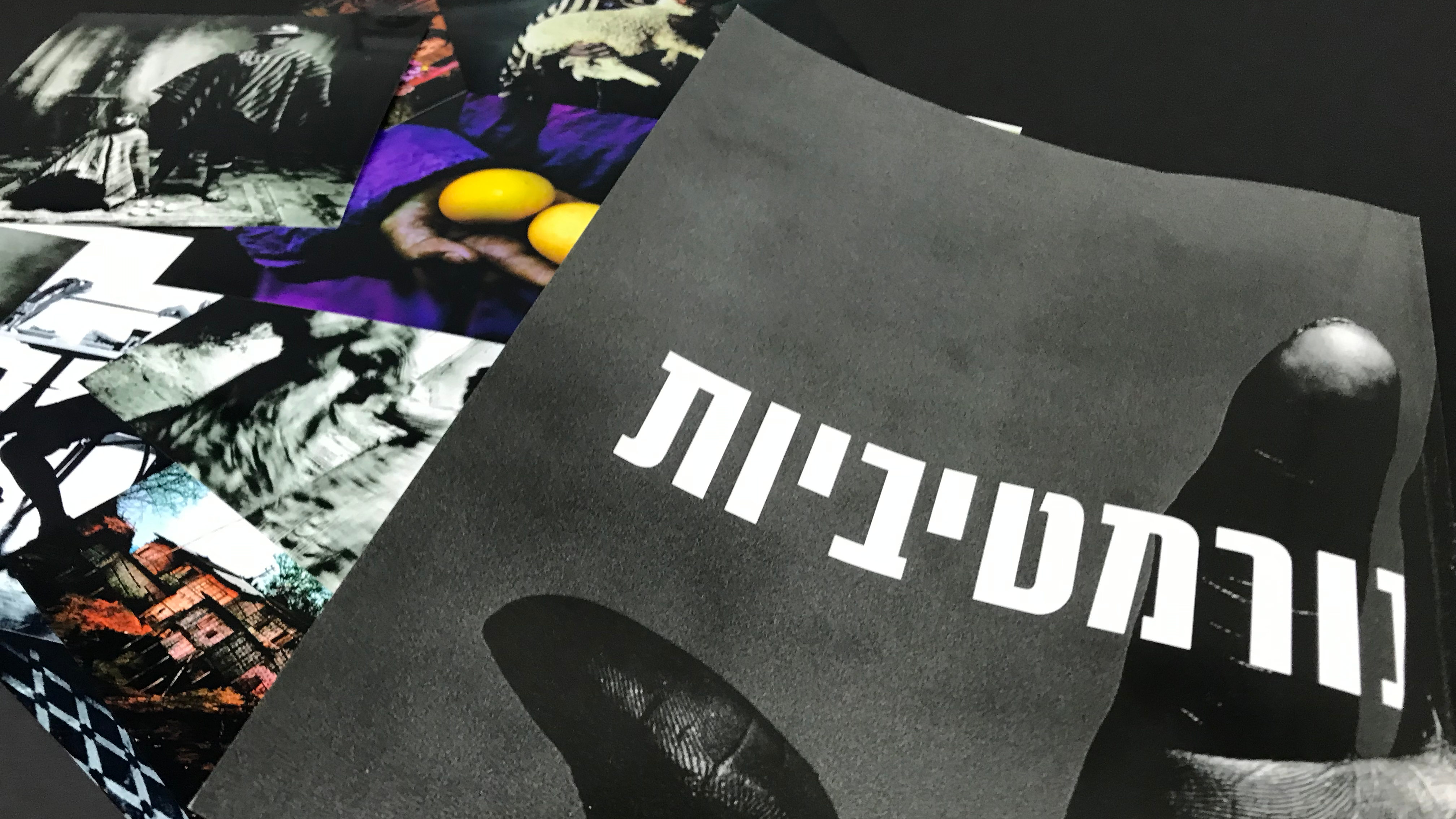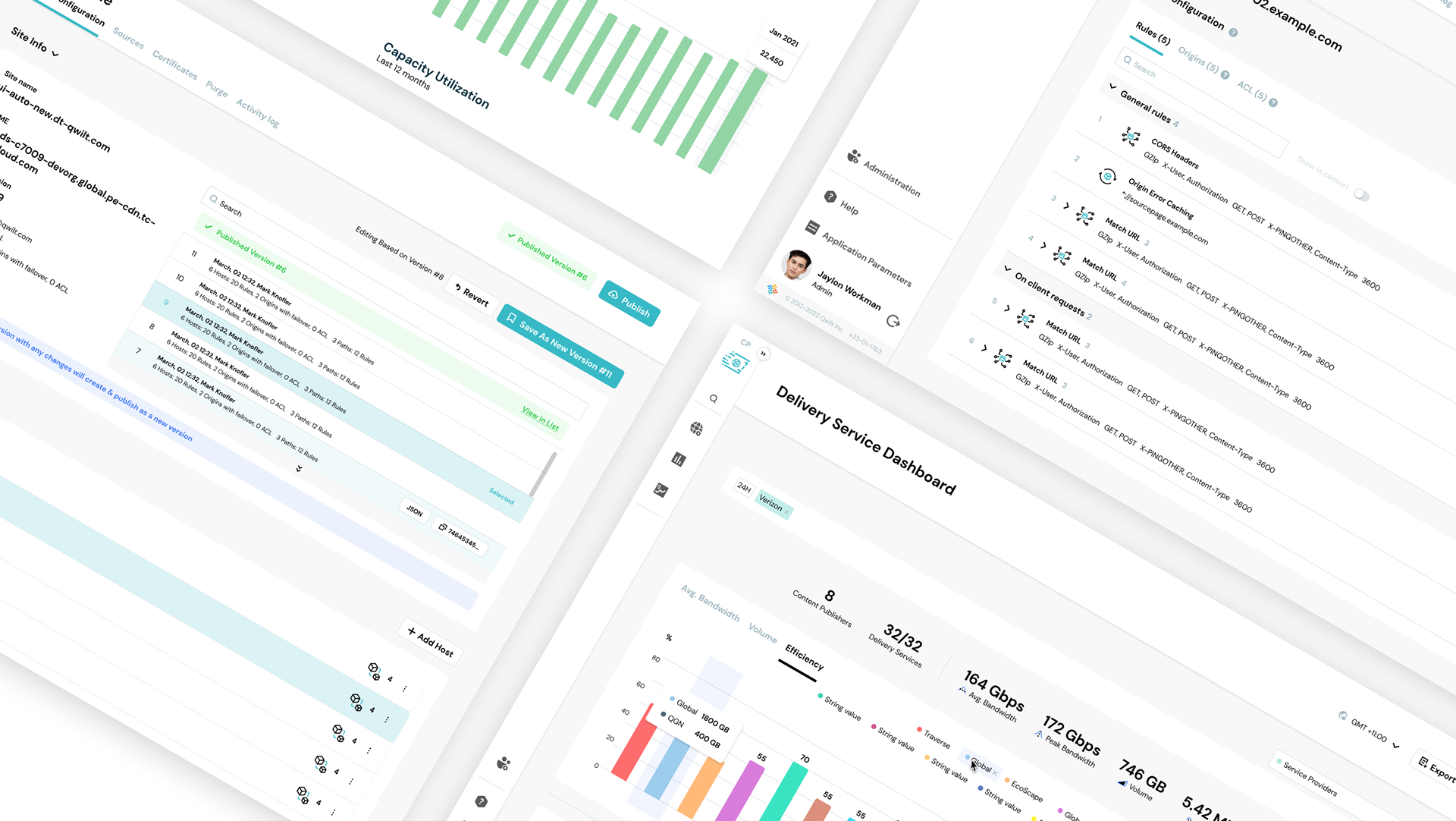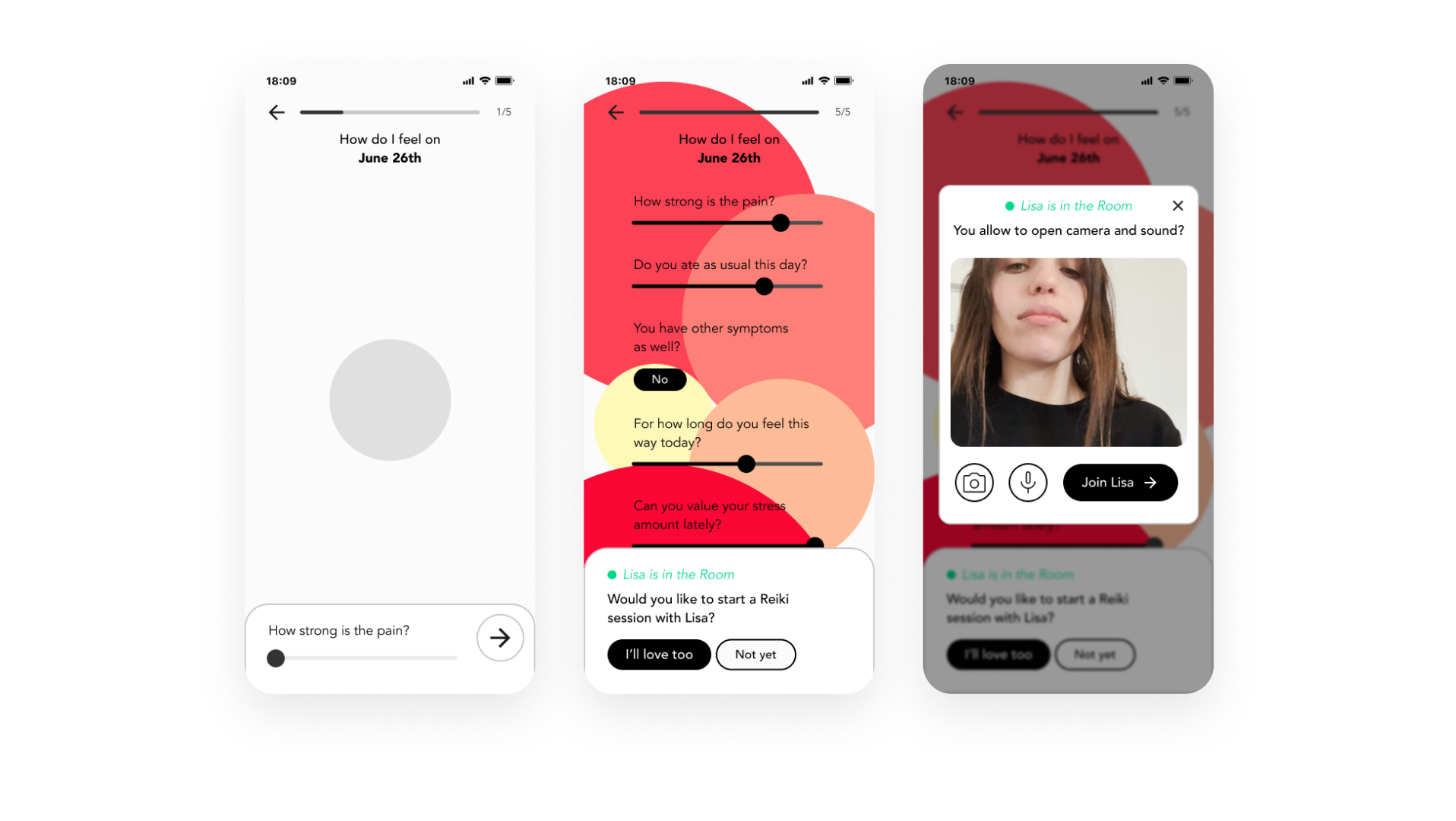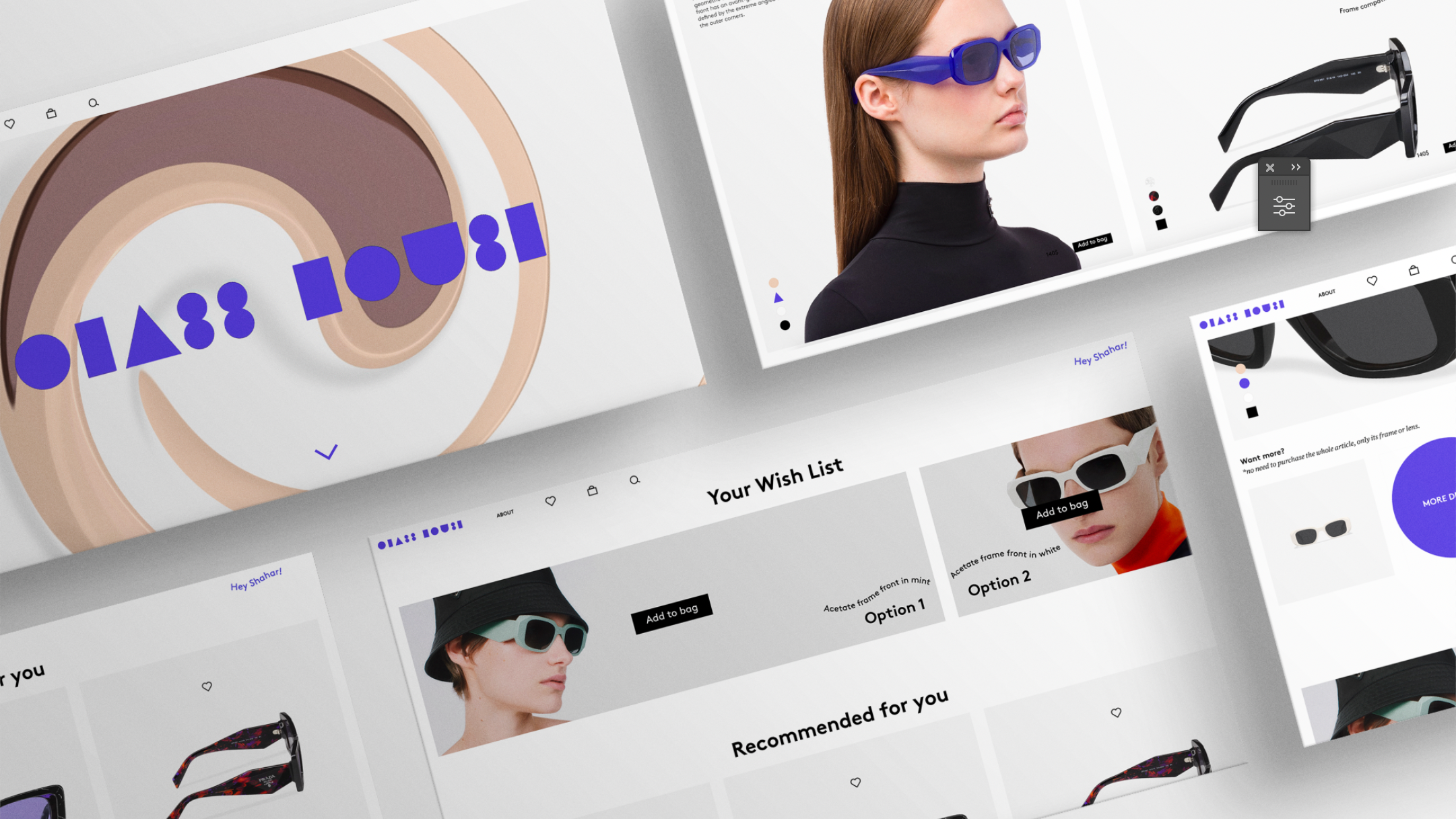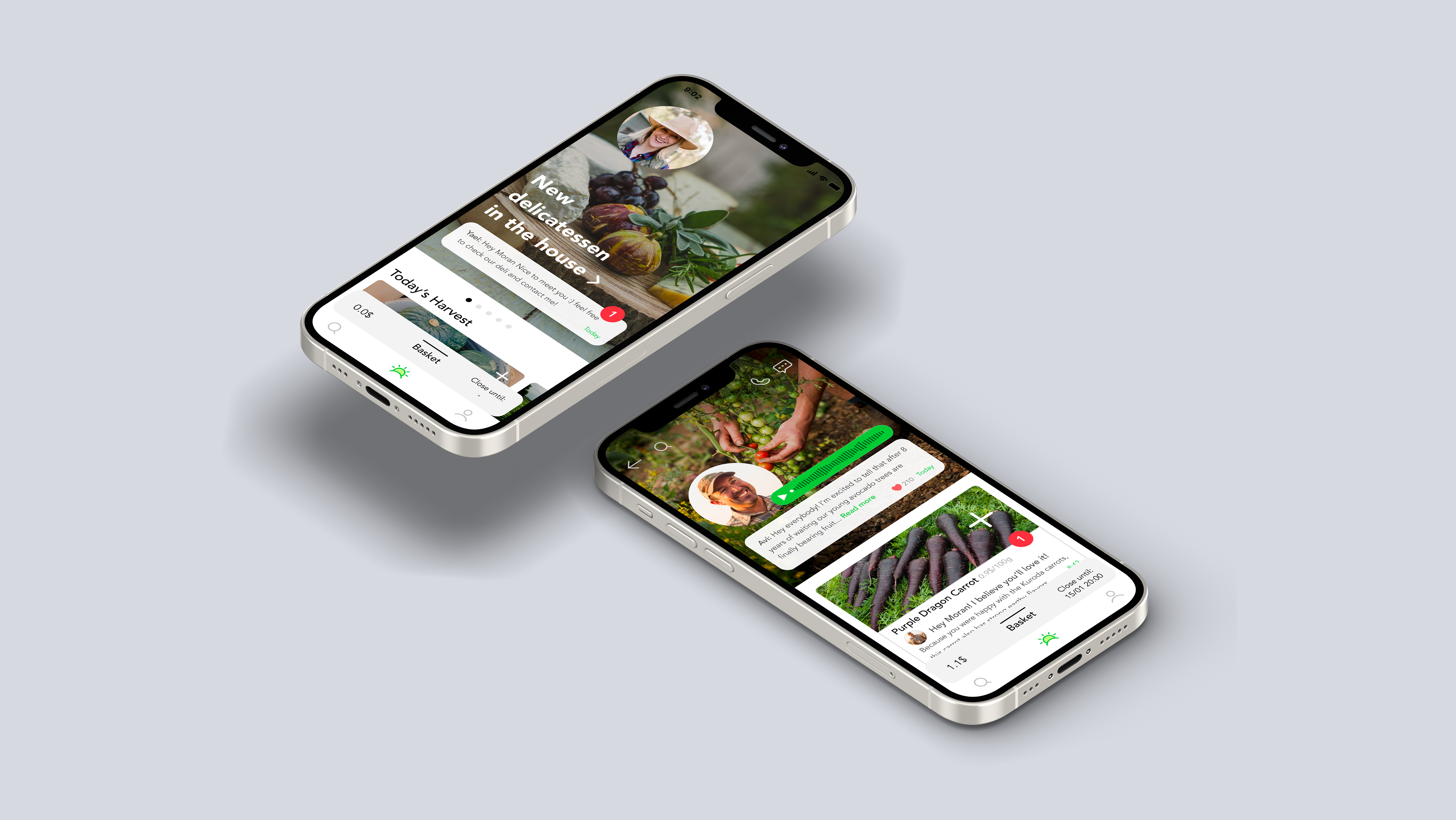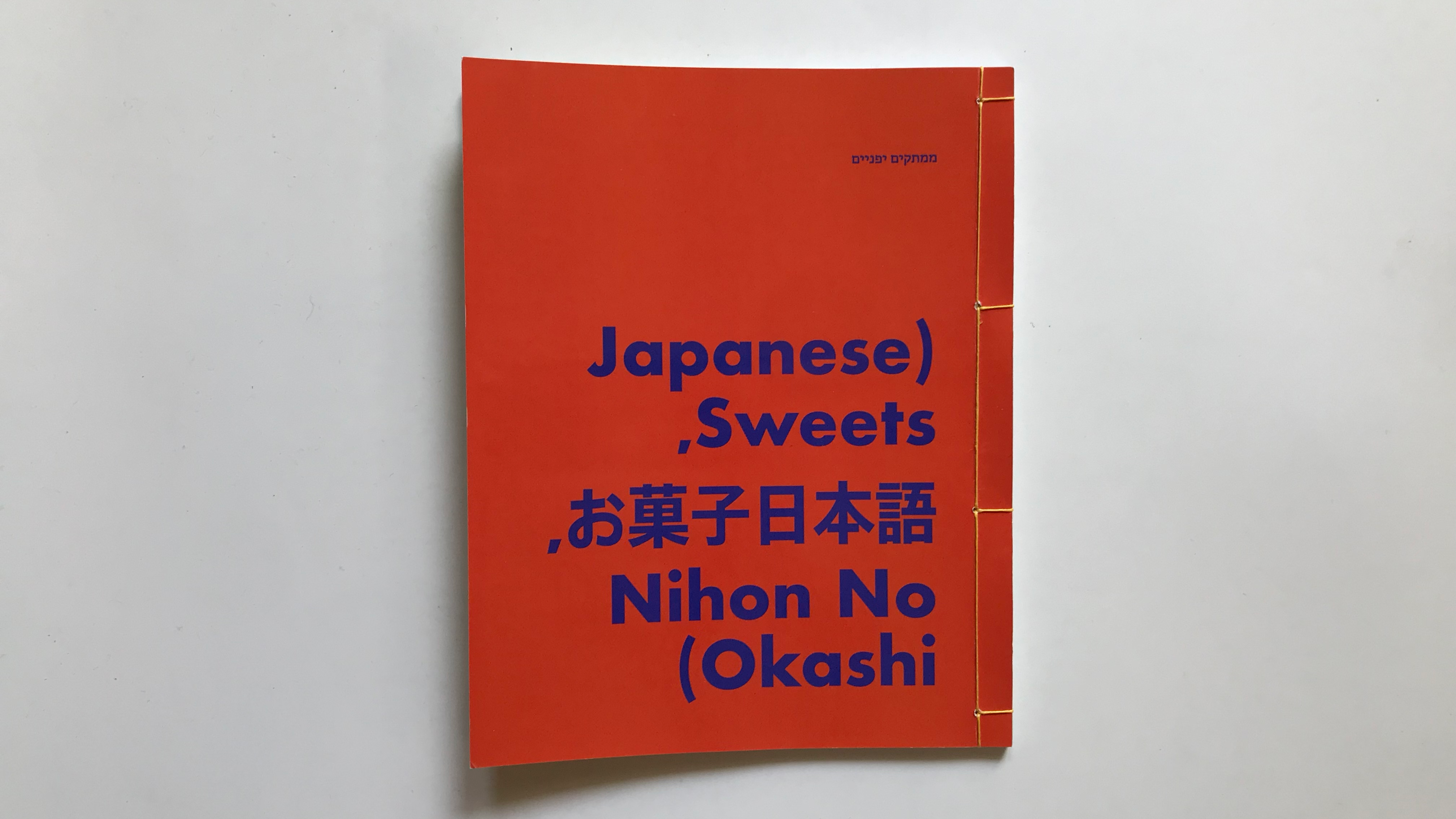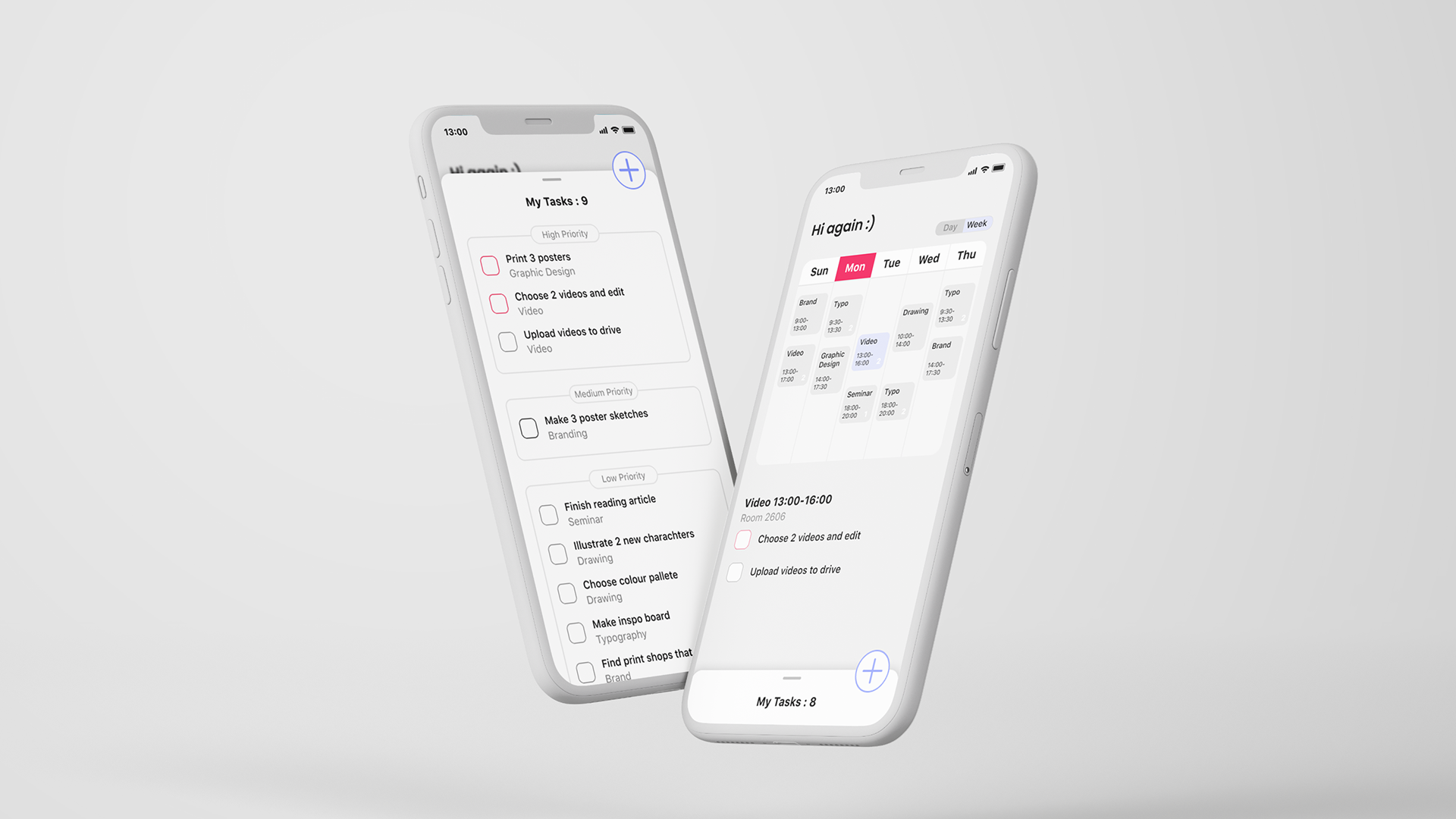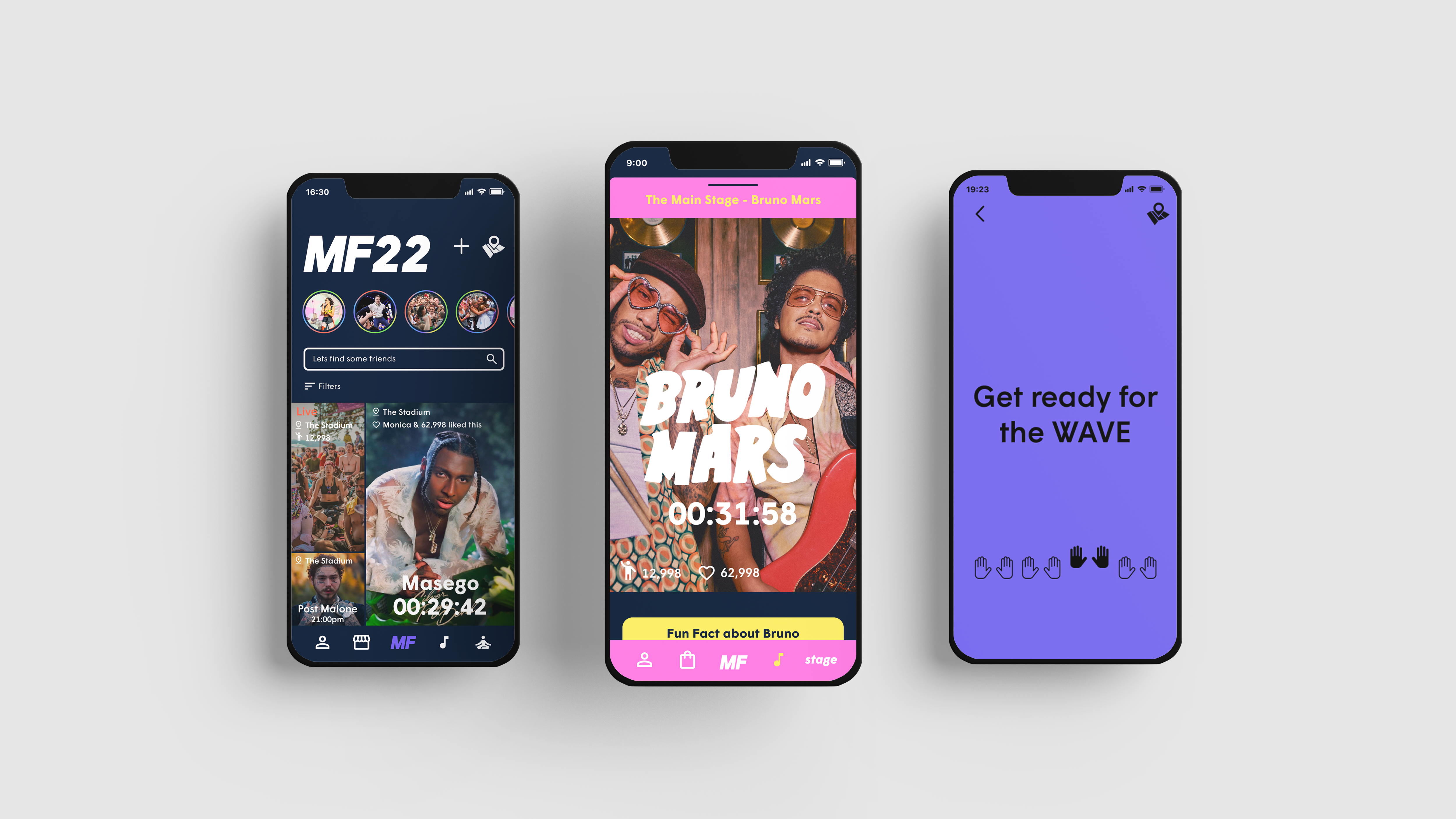The Challenge:
In today's fast-paced world, information exposure and influence happen rapidly. Often, the content we come across is shaped by the personal biases of the content creators. Moreover, social networks, driven by recommendation algorithms, tend to show us news that aligns with our existing ideologies, limiting our access to diverse perspectives and new information.
InsightSphere presents a new way for people to consume information online.
On InsightSphere's homepage, topics from the Internet are displayed as tags, showcasing the latest media highlights, their level of activity, duration of public interest, and the active users on the platform. The platform harnesses the power of users to determine popularity, foster critical discussions, and conduct content analysis.
Once users click on a specific topic on InsightSphere, they enter a new space where they encounter all content sources related to that topic. Here, diverse agendas and information are presented side by side in an equal hierarchy, allowing users to explore various perspectives.
This space also serves as a contemporary "town square", where users engage in critical dialogue and discussion within certain boundaries. The conversation takes place solely online, with messages disappearing after a few seconds and not being saved on the platform. Furthermore, the discussion is supported by sources that provide references to the statements made.
When clicking on a content source, users enter yet another new space within InSightSphere. Here, users function as analysts and can analyze content for others. However, this operation is only allowed with the backing of sources that provide references to their claims.
These claims made by users are referred to as "Insights" and are categorized into four types: yellow for facts, pink for interpretations, green for counterarguments , and orange for interest.
By this way, InSightSphere achieves its goal by exposing users to a wide range of opinions, facilitating informed reading, and encouraging the formation of well-reasoned personal perspectives.
When a user selects a source that references a specific Insight, they enter a comparison viewing mode. This mode enables them to explore the subject and its supporting sources conveniently, delving into the depth of the topic.
The number of insights on content can provide a visual indication of its freshness, activity, and controversy level.
In this project, my aim was to create an alternative solution for online information consumption that breaks away from algorithm-driven approaches.
I wanted to provide users with tools to consume content actively, enabling them to piece together their own understanding and discover their version of the 'truth'.
